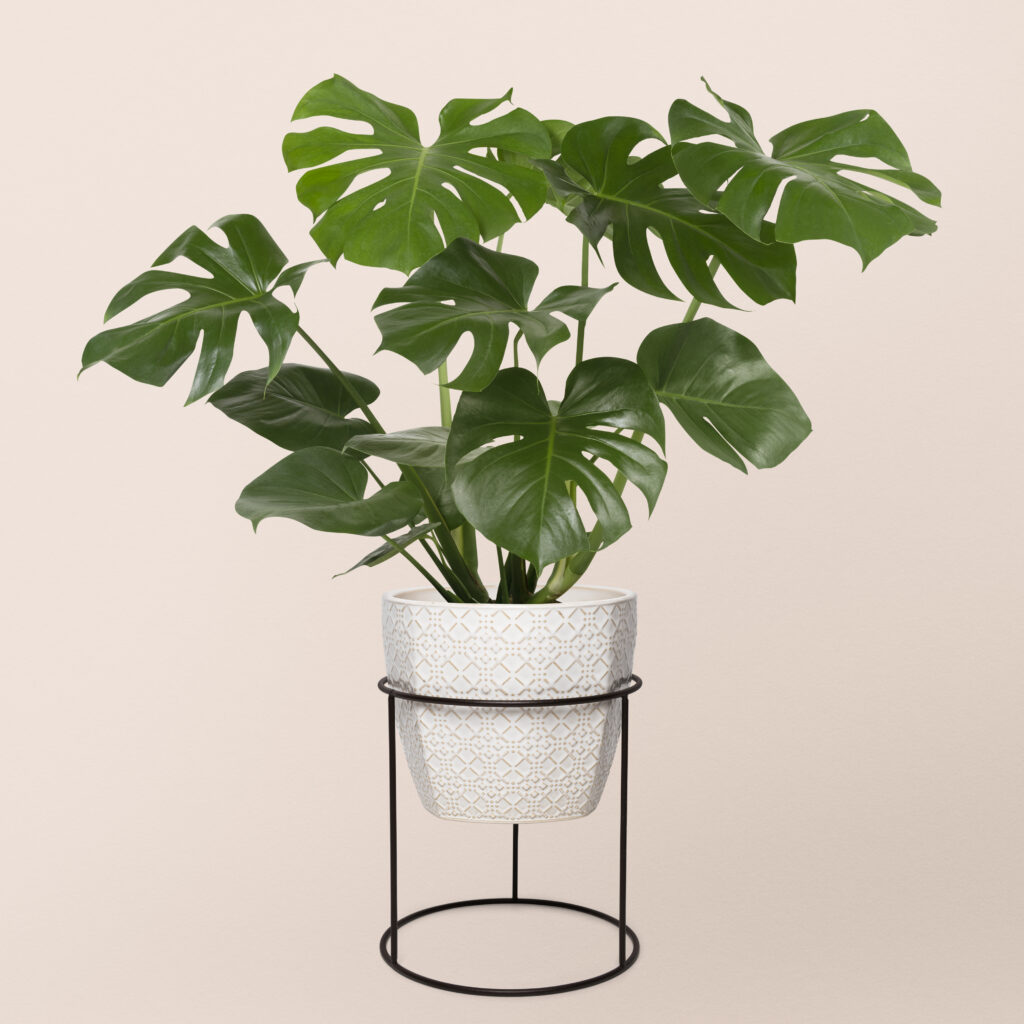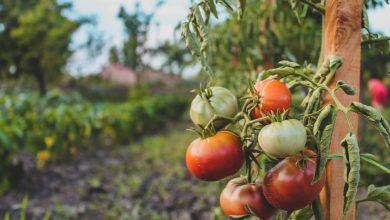A Monster of a Plant: Monstera Deliciosa

Bright and flamboyant with a dash of tropical exoticism but geometrically pleasing! A silent breather that can instantly light up any space is just the finishing touch you need to complement your home decor.
“Monstera Deliciosa” also known as the Swiss Cheese Plant is a species of flowering plant native to the rainforests of Central America. This house plant is popular among many households as it’s not only easy to grow but has the ‘wow” factor because of its big and bold leaves. Hence, you can find this plant in many designer spaces.
In its natural habitat, this evergreen climber can grow up to 60 feet and more in height. Its gorgeous heart-shaped leaves that fenestrate (develop splits and holes) once they mature can measure up to 3 feet long when it’s fully spread out. Supposedly, these splits and holes are meant to help sunlight travel through the existing leaves and reach the ones below. If you observe its roots, you can notice them growing out of the soil, exposed to air. These roots help support the stem that hold its huge leaves.

Species of Monstera
There are two different species of monstera i.e., Monstera adansonii and Monstera deliciosa cultivated as houseplants; the 2 are distinguished by their leaves. The former tends to have long, tapering leaves without holes and splits whereas the latter develops splits and holes as it matures.
Though Monstera Deliciosa rarely flowers or bears fruit indoors, it is one of the few aroids that can produce edible fruits. The fruit looks like a corn cob covered in green-coloured hexagonal scales which eventually fall out once the fruit ripens. The fruit tastes like a combination of bananas and pineapples – strong and sweet at the same time. Some people claim that they even taste hints of strawberry and passion fruit.
How to Care for Monstera Deliciosa
Sunlight: This plant thrives in bright to medium – indirect sunlight. Not suited for intense, direct sunlight as this can burn its foliage.
Water: Water it every 1-2 weeks but ensure that you’re allowing the soil to dry out between watering. In fall and winter – water it occasionally. This plant can benefit from filtered water.
Humidity: Normal room humidity will do but to increase humidity indoors – you can use a spray bottle of demineralized water/rainwater or a humidifier.
Soil: Ensure that the soil has a mix of ingredients like perlite/lava rocks to increase soil aeration.
Toxicity and Precautions
Other than its ripe fruit, all parts of the plant if consumed are poisonous to pets and humans. It can cause stomach pains and skin irritation because of the calcium oxalates found in its sap – if you touch it. This plant is not an ideal choice for people who own curious furry friends. While handling this plant make sure that you’re extra careful.





